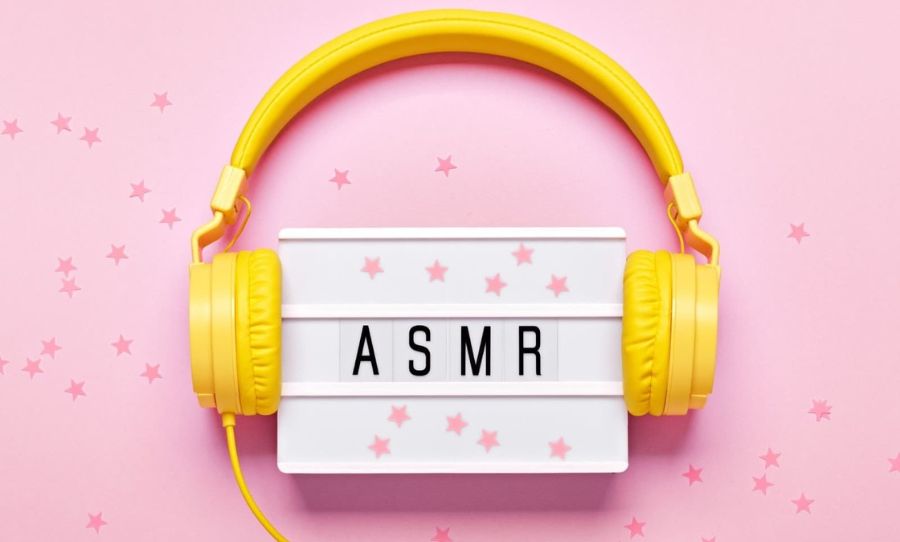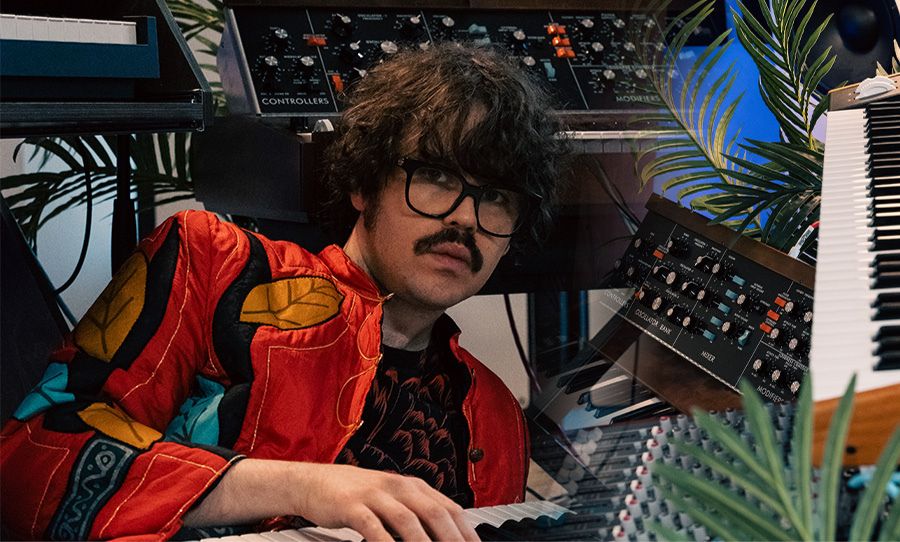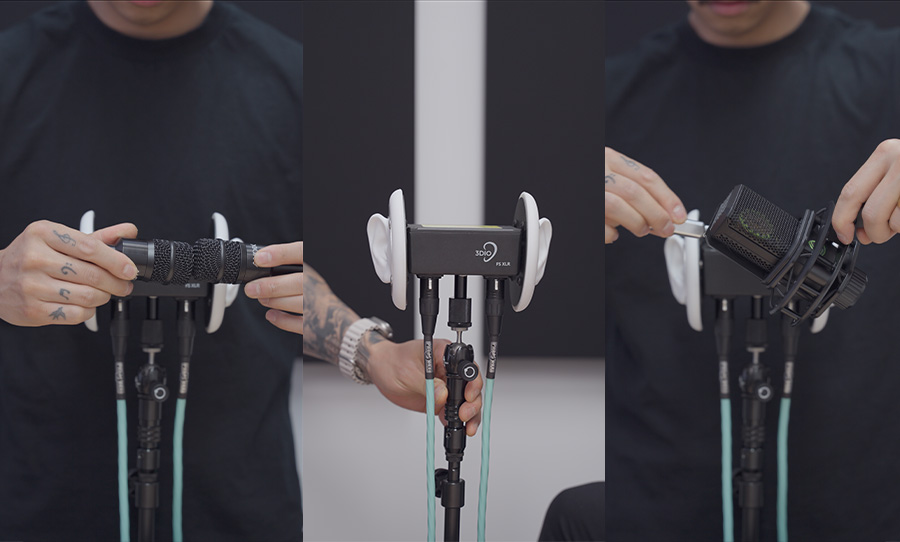Love it or loathe it, ASMR has undeniably reshaped how we think about sound and intimacy
It starts with a faint tingle at the base of your neck, cascading down your spine like an electric ripple.
No, it’s not the new Radiohead album—this is ASMR, a digital phenomenon that’s turned whispers, taps, and crinkling paper into an unlikely internet sensation.
But what is ASMR, and why are millions glued to videos of people gently brushing microphones or whispering sweet nothings about skincare?
ASMR, short for Autonomous Sensory Meridian Response, is a deeply personal, sensory experience triggered by specific sounds or visuals.
For some, it’s the rustle of leaves or the sound of scissors snipping. For others, it’s the soothing tones of someone reading bedtime stories.
The result? A euphoric, tingling sensation that many describe as oddly therapeutic. It’s not just niche either—ASMR videos on YouTube rack up billions of views, with creators like ASMR artists Gibi ASMR and ASMR Zeitgeist commanding cult-like followings.
But what makes ASMR so compelling? Neuroscientists are still scratching their heads, but the leading theory suggests it taps into the brain’s reward system, triggering oxytocin—the so-called “love hormone”—which explains the feelings of relaxation and comfort.
For some, it’s a coping mechanism for anxiety or insomnia, while others use it to unwind, almost like an auditory hug.
ASMR is no longer just about whispers and tapping.
The genre has splintered into countless subcultures, from roleplays (think: softly spoken customer service scenarios) to high-concept soundscapes designed to mimic environments like coffee shops or medieval taverns. There’s even ASMR meaning TikTok, where the short-form video platform has become a breeding ground for quick, tingly content, offering an entirely new way for creators to reach millions with a swipe of the finger.
There’s even musical ASMR, where artists like Billie Eilish incorporate the subtle, tingly textures into their tracks, making the phenomenon more mainstream than ever.
Yet, for all its popularity, ASMR has faced its share of criticism. Skeptics call it overhyped, while some dismiss the genre as overly intimate or even vaguely unsettling.
ASMR isn’t without its quirks—or controversies. While many creators stick to soothing sounds and innocent scenarios, others push boundaries, venturing into the bizarre or overtly intimate. From “eating raw honeycombs in HD” to whispered roleplays that toe the line of comfort, the genre sometimes flirts with the provocative—cue the emergence of buzzwords like ASMR nude in certain corners of the internet.
Love it or loathe it, ASMR has undeniably reshaped how we think about sound and intimacy.
It’s a genre that blurs art, science, and therapy into one hypnotic package.
Whether it’s the future of wellness or just an oddly specific internet trend, one thing’s clear: ASMR isn’t just a whisper—it’s a roar.



